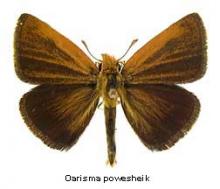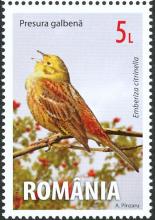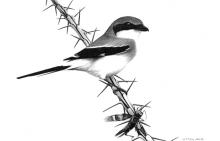Butterfly shows trouble is waiting in the wings - Fewer than 100 Poweshiek skipperlings in Canada
For the past several winters, conservationist Cary Hamel has held his breath, hoping an endangered species of butterfly will emerge from cocoons in the summer. When the Poweshiek skipperling butterfly (Oarisma poweshiek) emerged again this year near Vita, Hamel was relieved, despite estimates that say there are fewer than 100 left in Canada. The small winged creature is orange and black, but not patterned in the eye-catching way of other butterflies.










